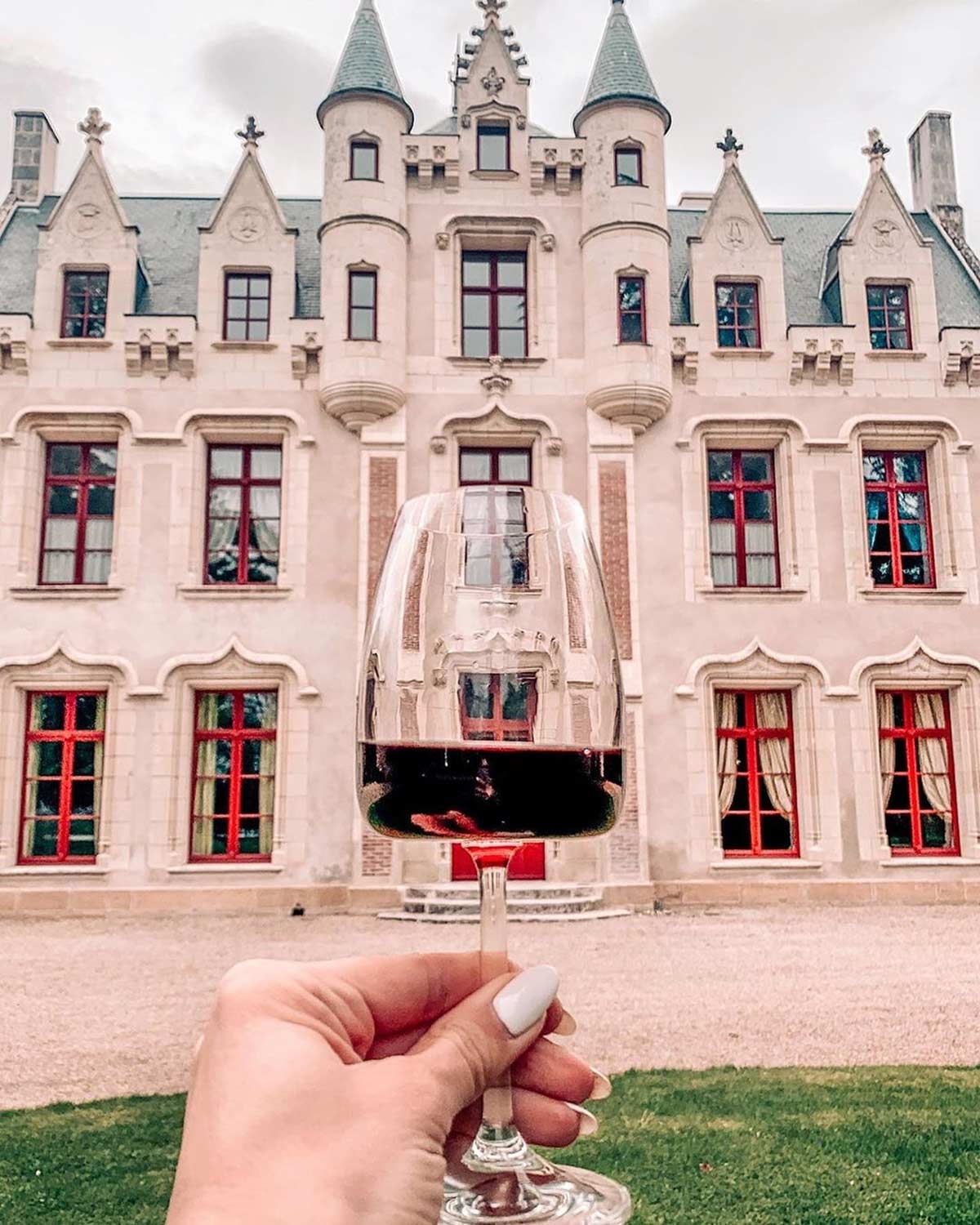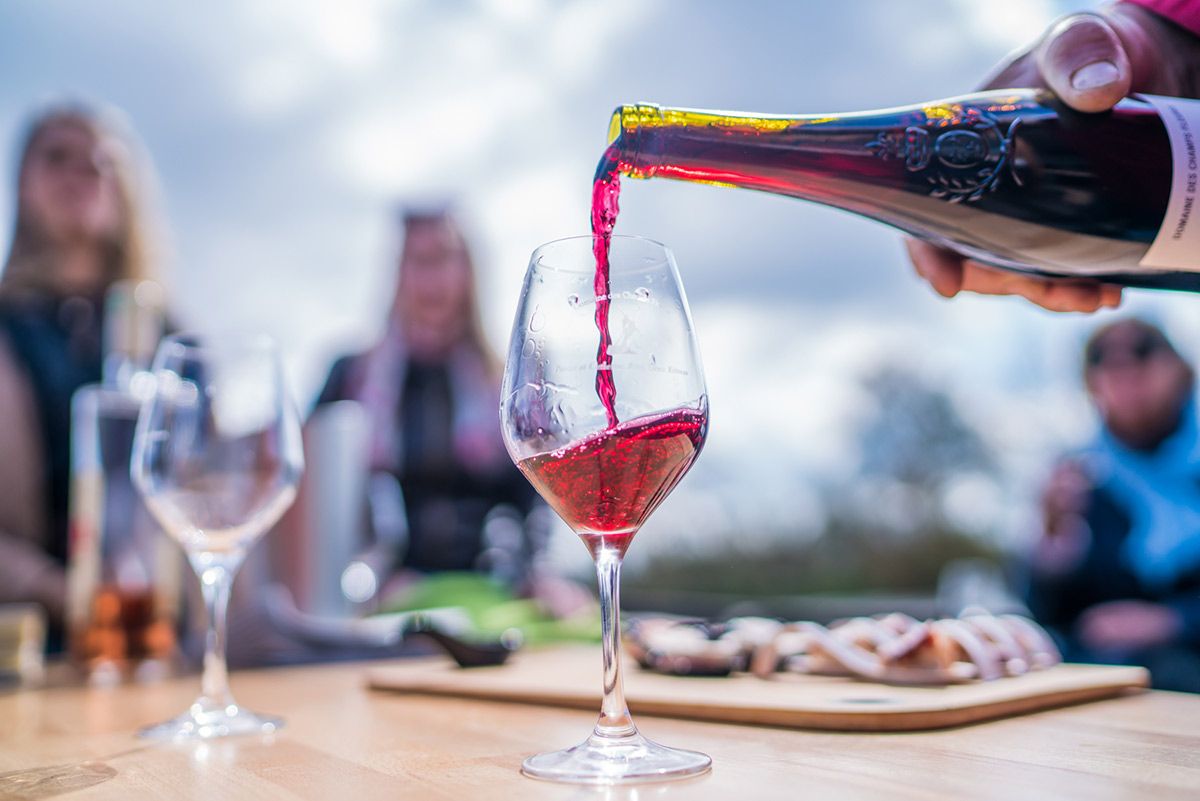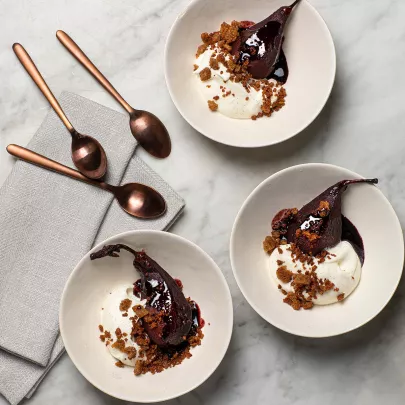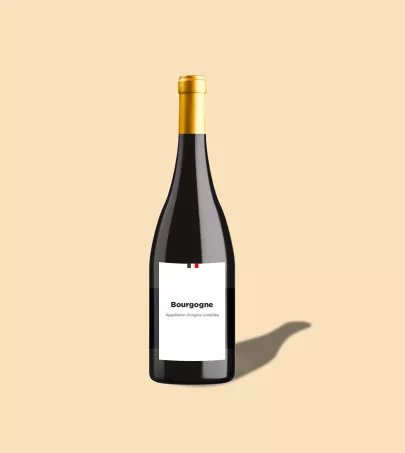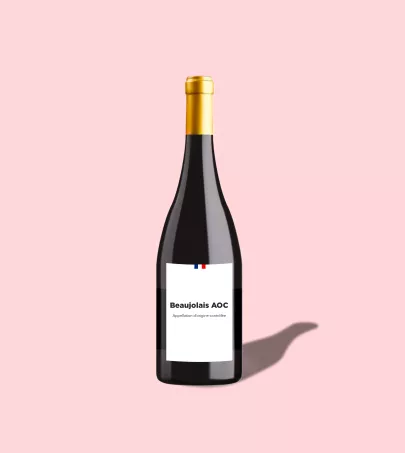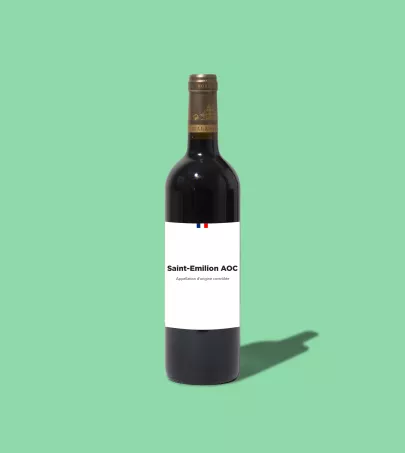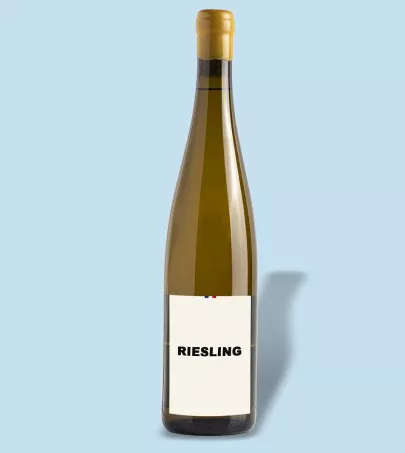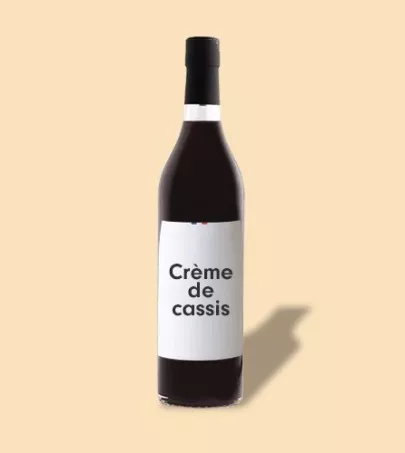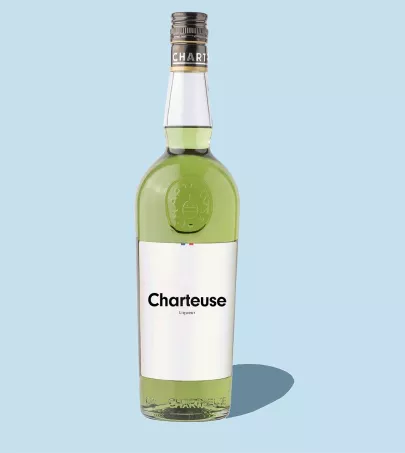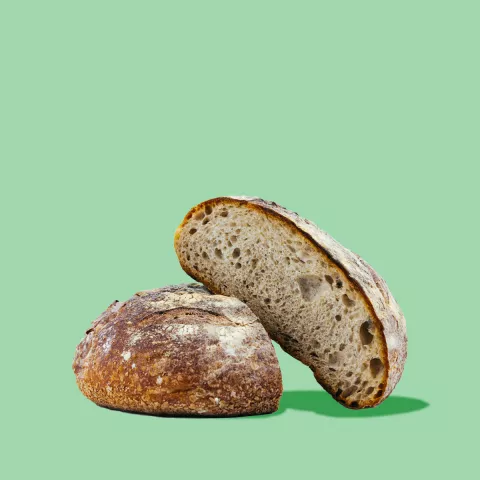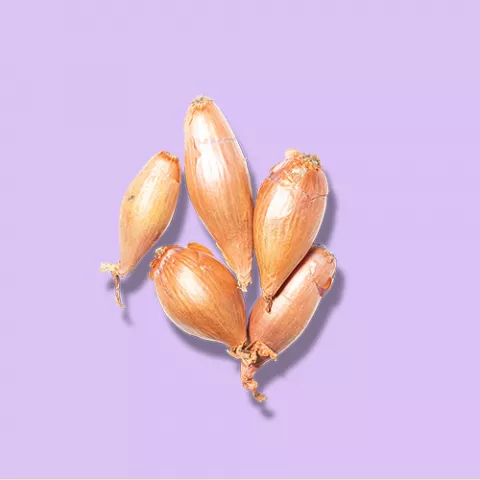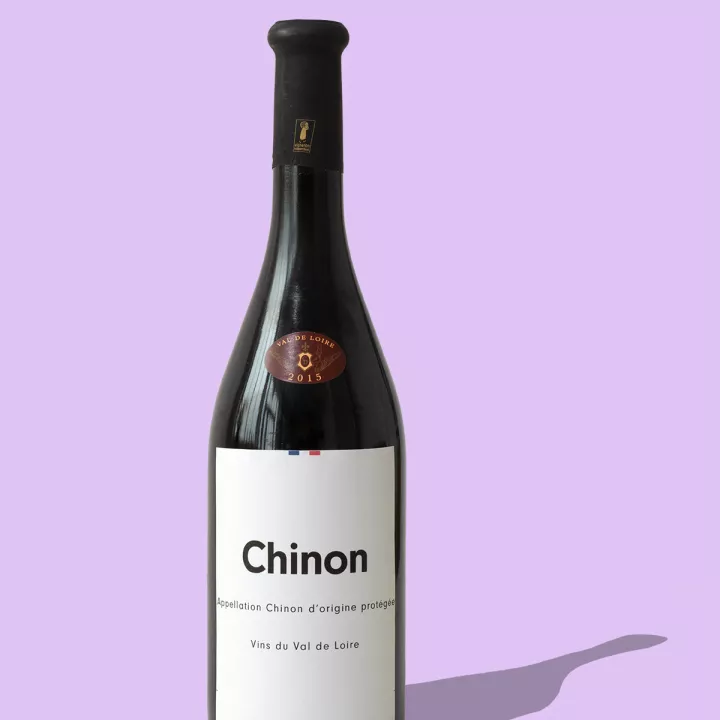
Chinon PDO
Centre-Val de Loire
The Chinon protected designation of origin within the Loire Valley is known for its red wines, but it also produces some white and rosé wines. These wines have a great reputation and can range from light and delicate to bold and robust.
What you need to know
Chinon has a rich history, having been visited by many kings and queens until the Richelieu era. It's also the birthplace of famous French writer François Rabelais (the author of Gargantua and Pantagruel). The climate in Chinon varies—it's more oceanic in the west and more continental in the east. The region produces two main types of wine: “gravel wine” from sandy and pebbly soil, and “tuff wine” from clay and limestone soil. Tuff soil warms up slowly in the spring, leading to robust wines that age well, especially the reds. Gravel wines are fruity and lighter when young but become more refined with age.
The few white wines from Chinon are made from Chenin grapes, while the reds and rosés use Cabernet Franc. Cabernet Sauvignon is also allowed, but only up to 10%. The region’s unique microclimate is perfect for Cabernet Franc, with sunny hillsides and the ocean’s influence reaching the Loire and Vienne Rivers.
Chinon Wine: Discover the Charm of the Loire Valley
Chinon, a small town in France’s beautiful Loire Valley, is not just a place of history—it's a destination for wine lovers. Known for producing some of the finest red wines in France, Chinon is the perfect spot for anyone curious about exploring new flavors.
The Land: Where the Magic Happens
Chinon’s vineyards are planted on a variety of soils, from sandy plains to limestone hills. This mix gives the wines their unique taste. The nearby Vienne River helps create the ideal climate for growing Cabernet Franc, the grape that Chinon is famous for. This grape can produce wines that are light and fruity or rich and full-bodied, offering something for every palate.
What’s in the Glass: A Taste to Savor
Chinon wines are known for their aromas and flavors. When you taste a good Chinon you might find red berries, violets or even a hint of green pepper, the classic note of the Cabernet Franc grape. These wines can be bright and fruity with cherry and raspberry flavors or deeper with earthy notes of tobacco. As the wines age they become smoother and more complex.
Perfect Pairings: The Ideal Wine for Any Occasion
One of the best things about Chinon wine is how it pairs with food. The lighter, fruitier wines are great with roasted chicken, grilled vegetables or a simple plate of cheese and charcuterie. The more full-bodied wines, especially as they age, are wonderful with richer dishes like duck, lamb or stews. Chinon wines also go well with creamy cheeses like Brie, so every meal is special.
Characteristics
Smell
Look
Taste
How to use
Storing a Chinon
Depending on the type, red wines from the Chinon protected destination of origin can be kept for 2 to 5 years or for 10 to 20 years.
Preparing and serving a Chinon
Young wines from the Chinon protected destination of origin should be served at 57-59 °F.
The oldest vintages should be served at 60-62 °F.
Tasting a Chinon
It is best to pour out young wines into a pitcher 2-3 hours before serving to allow the flavors to become more mellow. The oldest vintages should be decanted to heighten their aromas.
Pair with
Rosé wines from the Chinon appellation are a delightful match for charcuterie. The crisp white wines from Chinon are perfect alongside fish dishes. When it comes to red wines, the younger, fruitier varieties complement grilled food and white meats, while the bolder, more aromatic reds pair beautifully with hearty stews, saucy meats, and game.


